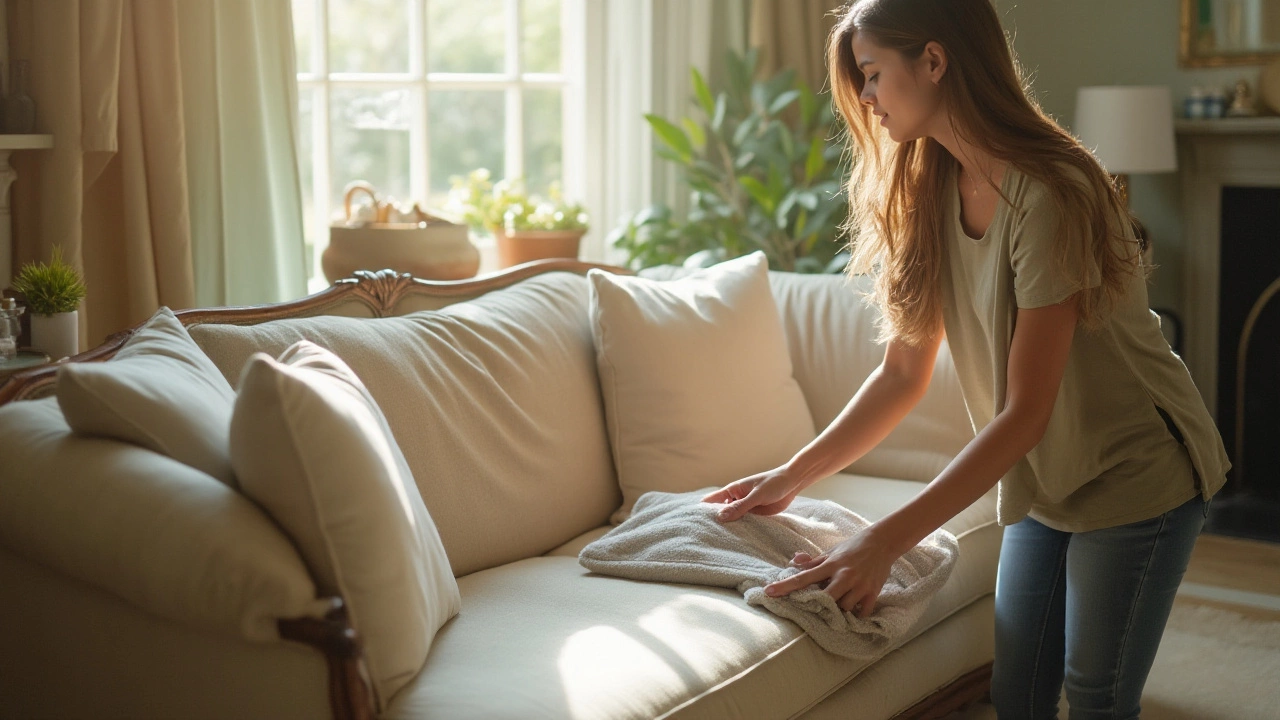Non-Removable Covers: Choose, Install, and Keep Them Looking Great
If you’re tired of swapping out rugs or dealing with cheap floor mats, non‑removable covers might be the answer. These are floor finishes that stay put for years, giving you a stable surface that won’t shift under foot. In this guide we’ll break down why they work, what options fit most homes, and how to keep them looking sharp.
Why Choose Non‑Removable Covers?
First off, a permanent floor saves you time. No more moving furniture around to clean a loose rug or worrying about tripping over a loose carpet edge. Second, they protect the sub‑floor from spills, scratches and daily wear. Third, a well‑chosen cover can boost a room’s look instantly – think sleek vinyl or engineered wood that feels upscale without the high price of stone.
Many homeowners also love the resale value. A solid, well‑installed floor signals that the property has been cared for, which can be a selling point when you decide to move.
Top Types of Non‑Removable Covers
Luxury Vinyl Plank (LVP) – LVP mimics wood or stone but is tougher than the real thing. It’s water‑resistant, easy to clean and can handle high traffic. Most LVP comes with a click‑lock system that’s quick to install, but you can also glue it down for a truly permanent feel.
Engineered Hardwood – If you love real wood grain, engineered hardwood gives you that look with a stable core that won’t expand or contract like solid timber. It’s usually glued to the sub‑floor, making it a solid, long‑lasting choice.
Epoxy Flooring – Common in garages and workshops, epoxy creates a seamless, high‑gloss surface that’s resistant to chemicals and stains. It’s poured and cured, so once it’s set, it’s there for good.
Polished Concrete – For a modern industrial vibe, polished concrete is both cheap and durable. It involves grinding the concrete surface and applying a sealant, giving you a floor that can survive heavy loads.
Each option has its own cost range, but all share the benefit of staying put. When you decide, think about the room’s moisture level, foot traffic and the look you want.
Installation matters just as much as the material. A clean, level sub‑floor is key – any bumps will show through the finish. Most contractors will recommend a moisture barrier under LVP or engineered wood, especially in basements. If you’re comfortable with DIY, LVP click‑lock can be a weekend project, but glued‑down or epoxy floors usually need a pro.
Maintaining non‑removable covers is pretty easy. Sweep or vacuum regularly, mop with a pH‑neutral cleaner, and avoid harsh chemicals that can damage the seal. For LVP and engineered wood, avoid excessive water and use felt pads under furniture to prevent scratches.
In short, non‑removable covers give you a floor that works hard and looks good. Pick the right material for the space, get a proper installation, and a little regular care will keep it fresh for years.
How to Effortlessly Clean Couch Cushions Without Removable Covers
- Gavin Whitaker
- |
- |
- 0
Keeping couch cushions clean can seem challenging, especially when they come without removable covers. However, with the right methods and tools, you can maintain their freshness and appearance easily. In this article, learn practical cleaning techniques, explore homemade cleaning solutions, and uncover tips on preventing stains and odors. Dive into the world of upholstery care and discover how simple adjustments can prolong the life of your cushions.
View more